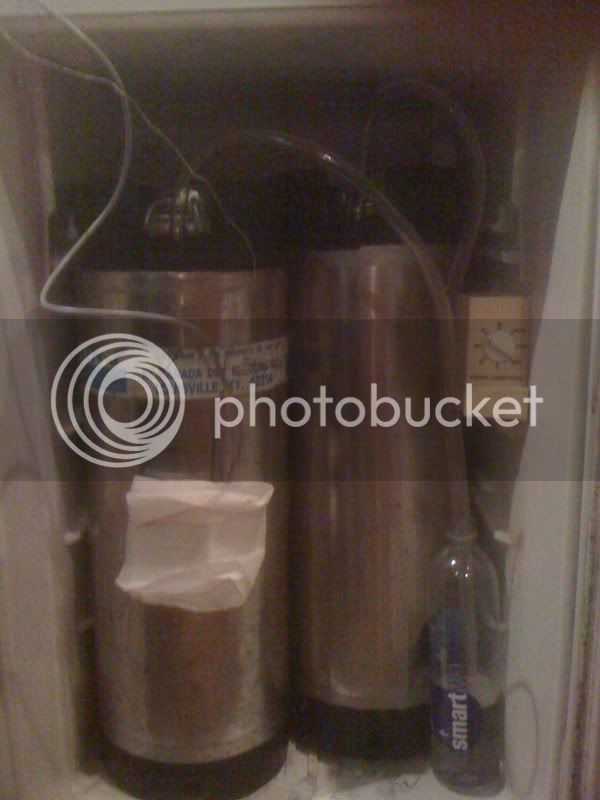Boerderij_Kabouter
Well-Known Member
1) do I put the fermcap 'on top' of the beer, or mix in?
Just drop it on top. The mixing action of the ferment will keep it in suspension, then after fermentation finishes it drops out of solution to leave the beer clear.
2) can I just use a hoseclamp and secure a hose to the ball lock 'in post' with the poppet removed?
Yes you can do that. I just use an air QD with the poppets removed and a tube into a wine bottle.
3) how full can I fill the corney?
I wouldn't go more than 4.5 gallons, but who knows, I am putting 4.25 in mine so far.
4) how much trub can I expect? 1",2"?
I'll report after this weekend.
blahblahblah








![Craft A Brew - Safale BE-256 Yeast - Fermentis - Belgian Ale Dry Yeast - For Belgian & Strong Ales - Ingredients for Home Brewing - Beer Making Supplies - [3 Pack]](https://m.media-amazon.com/images/I/51bcKEwQmWL._SL500_.jpg)































